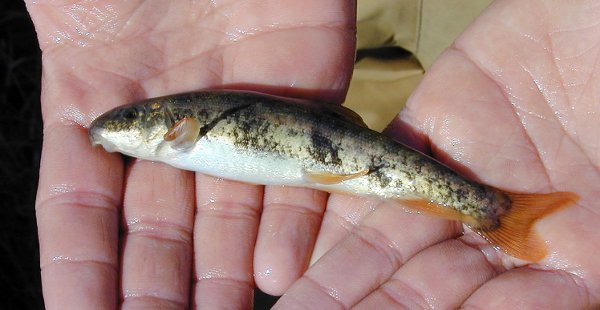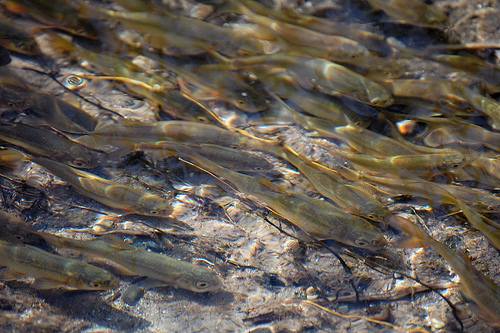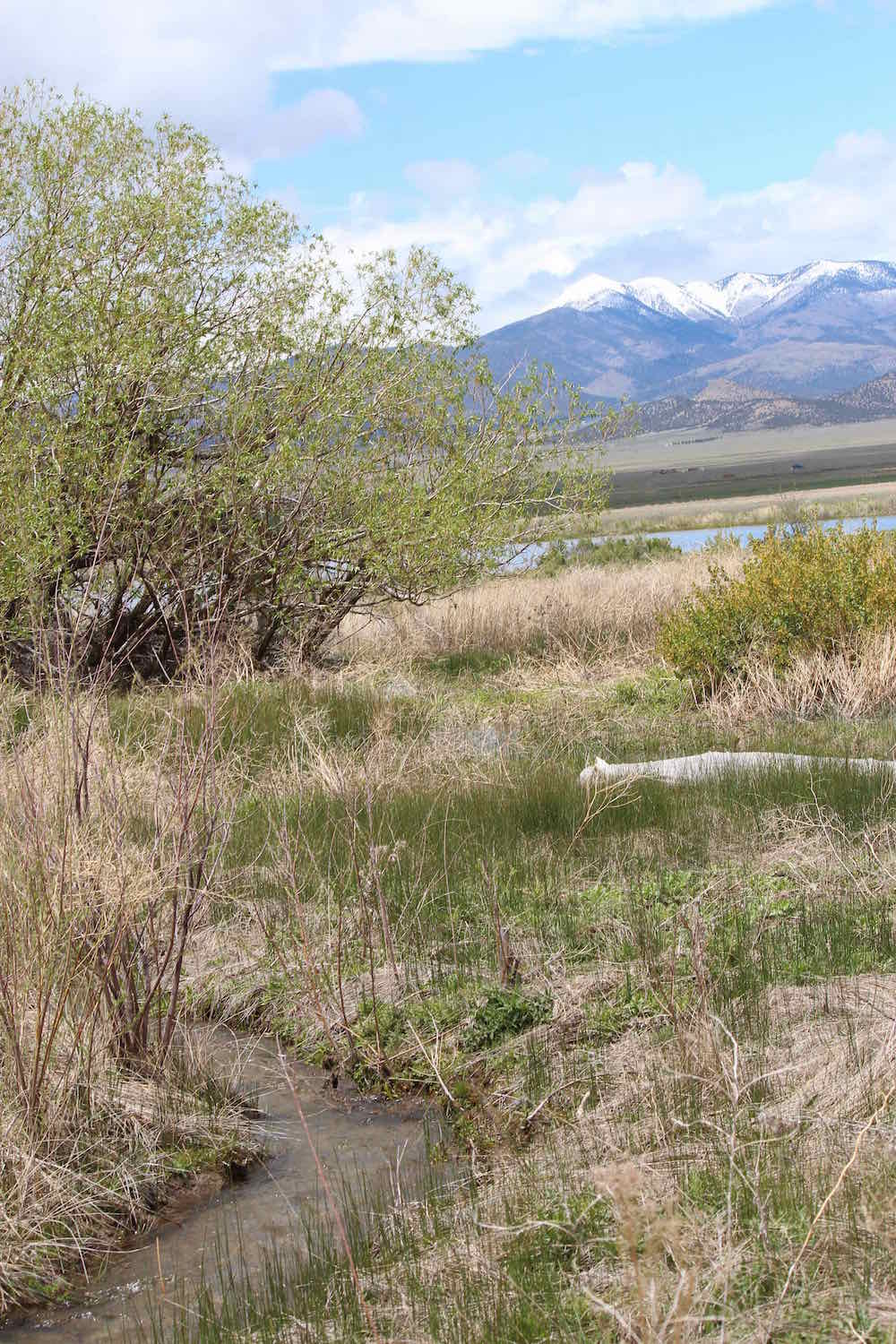|
Unchecked Water Withdrawals and Climate Change Are Pushing Species Toward Extinction Additional Contact: Jen Pelz, (303) 884-2702, jpelz@wildearthguardians.org Washington, DC—The U.S. Fish and Wildlife Service (Service) announced today that it will consider protecting the Rio Grande sucker and Rio Grande chub under the Endangered Species Act (ESA). As part of ongoing efforts to protect the iconic Rio Grande and the river’s full compliment of native species, WildEarth Guardians submitted scientific petitions to the Service requesting protections for the imperiled Rio Grande sucker in 2014 and the Rio Grande chub in 2013. “Native fish are struggling in the beleaguered Rio Grande,” said Taylor Jones, endangered species advocate for WildEarth Guardians. “The dire circumstances of these small species indicate bigger problems we need to address, and should be wake-up call to take better care of our river.” The Rio Grande sucker, Rio Grande chub, and Rio Grande cutthroat trout evolved side-by-side to fill different roles and niches in the Rio Grande ecosystem. All three native species are at risk because of dams, diversions, and human land uses, which are altering the once mighty Rio Grande and making it inhospitable for native fish. Climate change is exacerbating the serious threats to the species, including drought. Increased temperatures, increased human demand for water, and decreased spring runoff are all projected throughout the Southwest. “The list of imperiled fish along the Rio Grande will continue to grow without a new approach to ensure the river has a right to its own water,” said Jen Pelz, wild rivers program director at WildEarth Guardians. “We cannot continue to sacrifice entire fish species to protect unsustainable agricultural diversions.” The Rio Grande is one of the top ten most endangered rivers in the world due to significant manmade modifications. Diversion of water from the Rio Grande for agricultural and domestic use has radically changed the character of the river, fragmenting and destroying habitat. Channelization and livestock grazing have removed bankside vegetation, and low stream flows have raised the water temperature. Dams separate fish populations and make it impossible for them to recolonize historic habitat. Because of over-extraction of water, the river channel narrowed 30 meters from 1998 to 2008. As a result of these myriads threats, populations of both petitioned fish plummeted from historic numbers. The Rio Grande chub’s population has declined by as much as 75 percent. Though the Rio Grande sucker was once common in Colorado and New Mexico, it now persists in only two small naturally occurring populations in Colorado, and New Mexico populations are declining. “The U.S. Fish and Wildlife Service should quickly make a final listing decision for these species,” continued Jones. “The Service has already far exceeded the statutory time limit to make a decision, and time is of the essence.” Protection under the ESA is an effective safety net for imperiled species: more than 99 percent of plants and animals protected by the law exist today. The law is especially important as a defense against the current extinction crisis; species are disappearing at a rate much higher than the natural rate of extinction due to human activities. Scientists estimate that 227 species would have gone extinct by 2006 if not for ESA protections.
|
|
|
info@wildearthguardians.org | © WildEarth Guardians | Historical Archives | Privacy Policy



